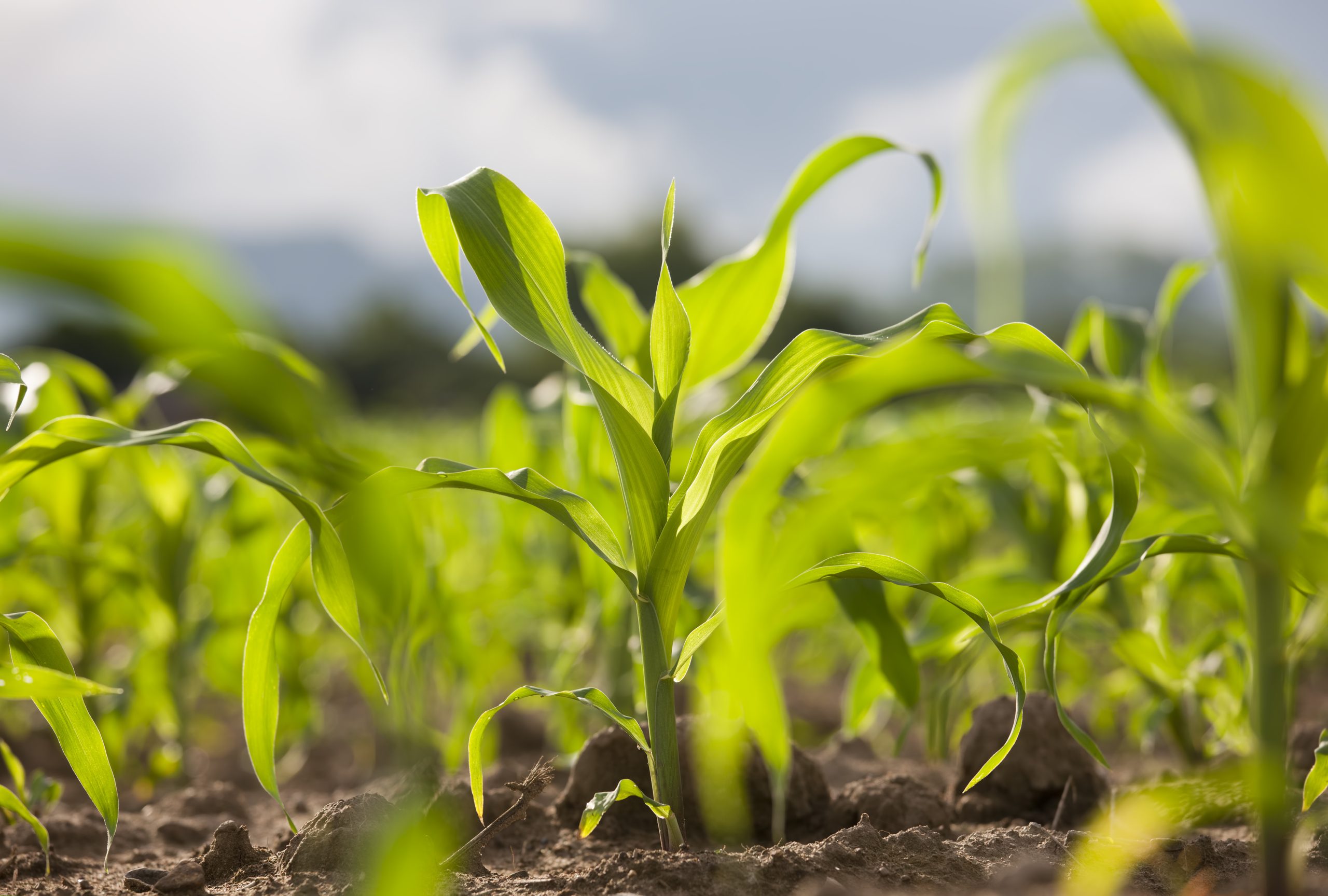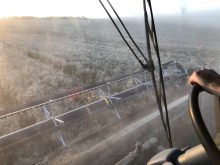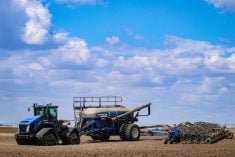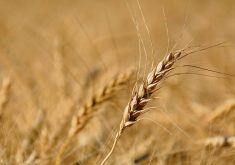(Resource News International) — The Western Canada acreage numbers released Tuesday morning in Statistics Canada’s 2009 seeded acreage report are seen changing in subsequent reports due to late planting and re-seeding.
“Nothing in the report really jumped out at me but we’re in that position where it’s only 60 to 70 per cent a seeded acres report and still 30 to 40 per cent a planting intentions report,” said Ken Ball, a broker with Union Securities in Winnipeg.
“When the data was gathered, we were not anywhere close to being done seeding in some areas.”
Read Also
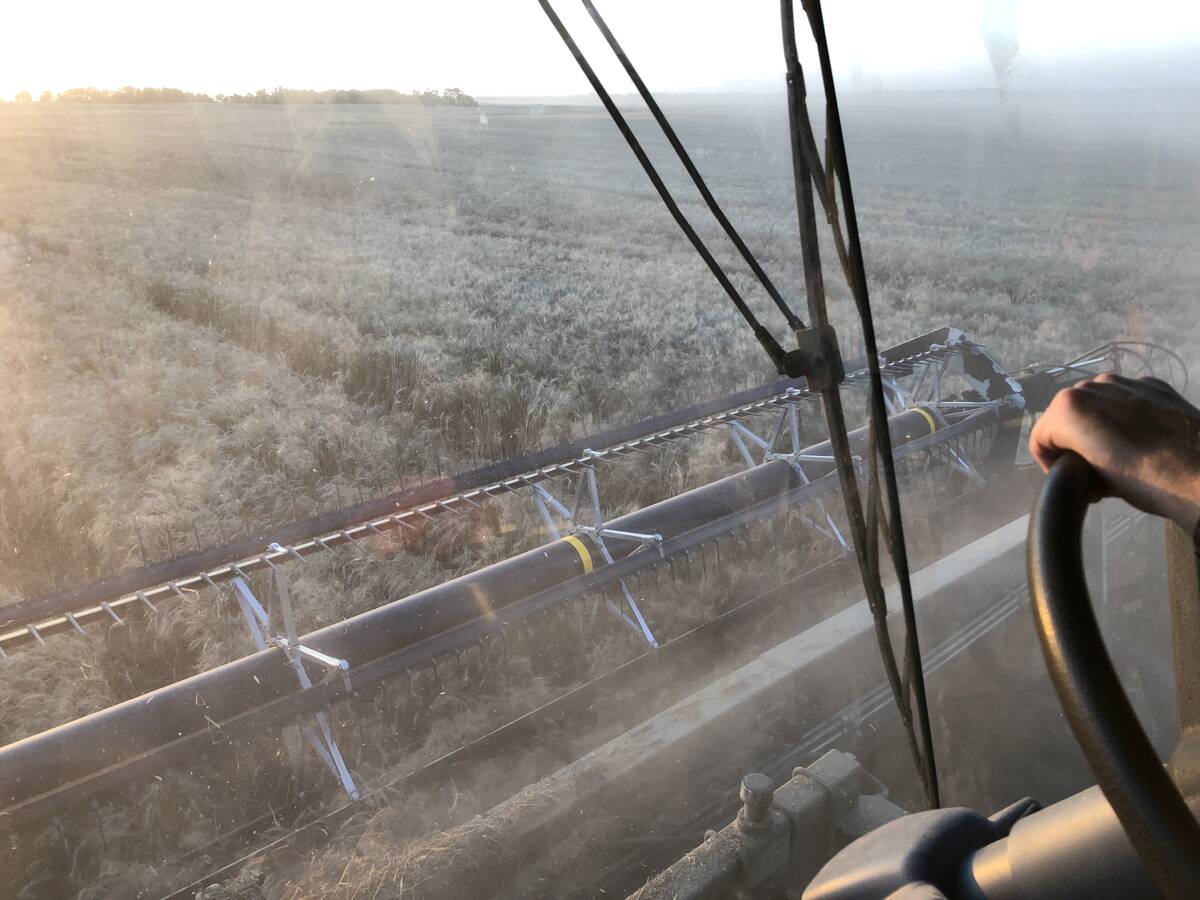
Mail strike disrupts grain sample delivery
The Canadian Grain Commission has asked farmers to consider delivering harvest samples directly to CGC offices, services centres or approved drop offs as Canada Post strike delays mail.
The federal statistics agency pegged canola area at 15.825 million acres, in line with pre-report estimates. Based on conversations with growers, however, Ball thinks most canola acres that were torn up were not reseeded to canola, which would place actual acreage below Tuesday’s figure.
“Barley seems to have been the most common choice for reseeding, along with durum and some oats. We could see those numbers eventually come up,” Ball said.
Barley was pegged by StatsCan at 8.778 million acres, durum at 5.58 million and oats at 3.879 million.
Vic Lespinasse of GrainAnalyst.com said that in the time since the data was compiled by Statistics Canada, drought in western parts of the Prairies worsened and there were frosts that may have damaged some canola fields.
“These adverse weather influences were not factored into this morning’s numbers, making them subject to larger than usual revisions later in the season,” he said.
Mike Jubinville of ProFarmer Canada in Winnipeg said he does not anticipate StatsCan’s numbers having much of an impact on the futures markets because production is more about yields than acres.
“Right away the trade is going to be adjusting this acreage number due to reseeding and late planting but they’ll be more inclined to be concerned about what yield potential may be and we’re certainly off to a less than ideal start in a lot of areas,” Jubinville said.
“We’ll go back to trading on weather issues and outside market influences.”
Up from CWB
Spring wheat acreage, pegged at 17,485 million acres, was a tad higher than anticipated but the all wheat figure, at 24,932, was slightly below the March 31 estimate and less than last year’s 25.009 million acres.
“Does it have any real market influence? Probably not, but, at least on spring wheat, it was a bit higher than what the Canadian Wheat Board was projecting a week and a half ago,” he said.
Jubinville noted StatsCan’s figure for the area seeded to dry peas was on the low side. Acreage was pegged at 3.745 million acres compared to 4.205 million in the March 31 StatsCan report and 3.995 million acres seeded last spring.
“Historically, 3.745 million pea acres would be pretty large but we have to consider that considerable pea acres are located in the drought areas.”
There again, the acreage numbers are an issue but yields will be more important, Jubinville said.
Pea inventories could eventually tighten but whether that impacts prices will depend on what export demand is, he added.
As for barley and oats, the fact that both acreage numbers were on the low side reflects the reality of what their prices and return potential were at the time of the survey, Jubinville said.
There are currently ample supplies of both grains, but the figures suggest that a tightening supply situation could evolve in the second half of the 2009-10 crop year provided usage remains comparable to what it has been this year, he said.
None of the numbers in the report were unreasonable or particularly shocking, said Brian Wittal, owner of Pro Com Marketing Ltd. in Alberta.
“The key thing now is going to be yield estimates over the next two months and how weather evolves,” he said.
The fact that barley acreage came in lower than StatCan’s March 31 number is not surprising given they way prices looked in the spring and the outlook from the feed industry, Wittal thought.
“Under the current conditions, though, with dryness in some areas and guys not being able to put animals out to pasture and hay crops looking poor, that will certainly support barley prices going forward, beyond the short term,” Wittal said.
By the numbers: Statistics Canada’s report
(Statistics Canada, June 23) — Prairie farmers increased acreage planted in spring wheat this year, while the acreage for most feed grains declined. Ontario and Quebec farmers reported that the area planted to soybeans reached a new high.
The June Farm Survey, Statistics Canada’s largest area survey, was conducted between May 25 and June 3, covering 25,000 Canadian farmers. As of June 3, Prairie farmers reported that planting was virtually complete, with unseeded pockets remaining in mainly northern areas and in the Red River Valley regions of Manitoba affected by the spring floods.
Seeding conditions were variable across the Canadian Prairies, ranging from cool and dry in western areas to cool and excessively wet in eastern regions.
In Ontario and Quebec, planting was mostly complete, although cool, damp weather hampered progress.
Area for spring wheat up
Prairie farmers reported planting 17.1 million acres of spring wheat, up 7.3 per cent or 1.2 million acres from 2008.
Wheat area increased in all three Prairie provinces. In Manitoba, farmers planted 13.8 per cent more spring wheat, followed by Saskatchewan at 7.1 per cent and Alberta at 4.6 per cent.
Mixed results for oilseeds
Prairie farmers reported that the area seeded to canola amounted to 15.7 million acres, down two per cent or 325,000 acres from the record set in 2008.
Farmers in all three Prairie provinces seeded less canola, with the largest decline in Alberta (down 250,000 acres). The area seeded to canola had grown steadily from 2006 to 2008.
Flaxseed area on the Prairies increased 10.3 per cent to 1.7 million acres. This was the second consecutive annual increase.
Farmers in all three Prairie provinces reported an increase in the area seeded to flaxseed.
Barley area falls
Total barley area on the Prairies fell 545,000 acres from 2008 to 8.2 million acres. This was the smallest area seeded to barley since 1967.
Barley acreage fell in all three Prairie provinces, with the largest decline of 250,000 acres reported in Saskatchewan.
New high for soybean area
Soybean seeded area rose to a new high in both Ontario and Quebec. The acreage in Ontario rose 14.3 per cent or 300,000 acres to 2.4 million acres, while in Quebec, farmers reported a 4.3 per cent increase to 598,000 acres.

